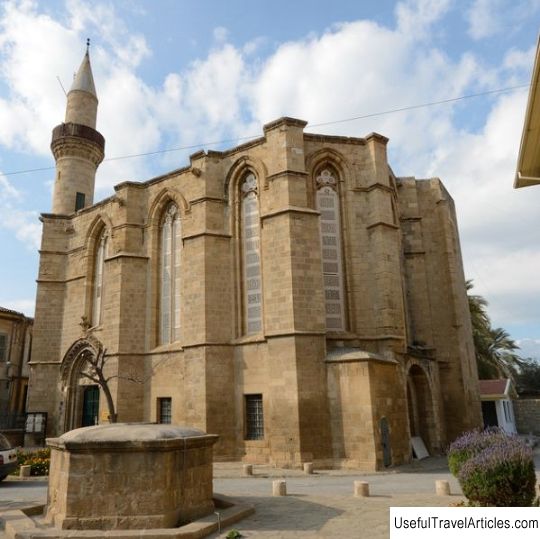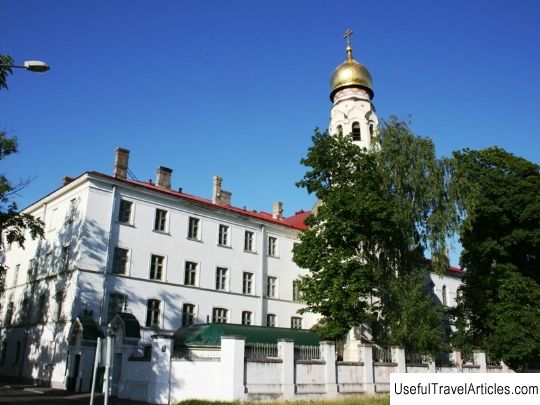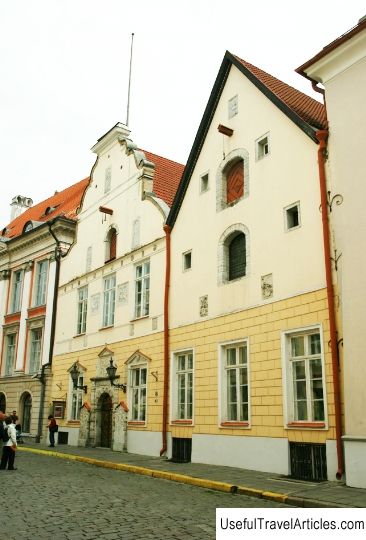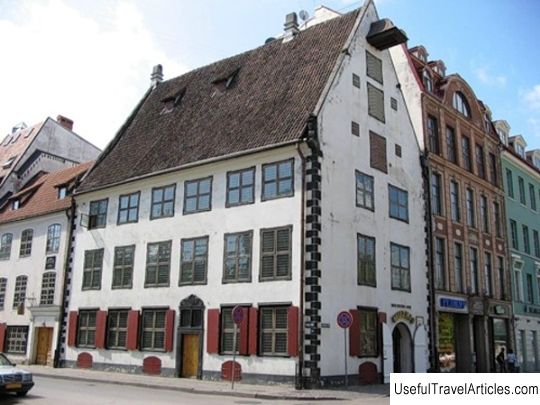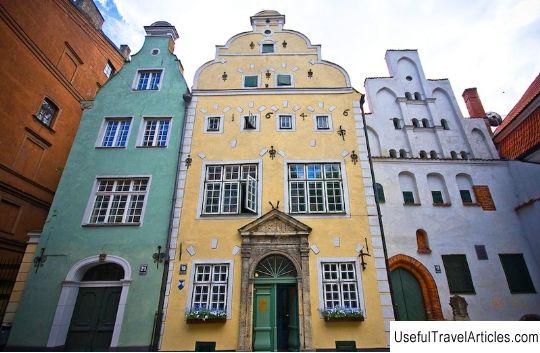House of Blackheads (Melngalvju nams) description and photos - Latvia: Riga
Rating: 8,0/10 (1839 votes) 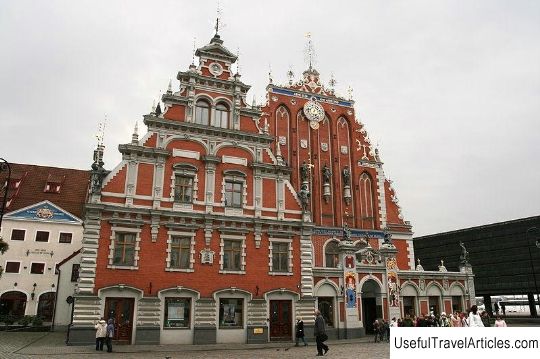
House of the Blackheads (Melngalvju nams) description and photos - Latvia: Riga. Detailed information about the attraction. Description, photographs and a map showing the nearest significant objects. The name in English is Melngalvju nams. Photo and descriptionIn the very center of Riga there is a famous architectural monument of the 14th century - the House of the Blackheads. The building, which has been rebuilt many times, was mostly destroyed during the Great Patriotic War. The building has already been restored today. In historical documents, the building was first mentioned in 1334 as the new home of the Great Guild, and was built during the occupation of the Order in the period from 1330 to 1353. At the end of the fifteenth century, the building was leased to the Blackheads and was called at that time nothing else than the "Court of King Arthur", the current name of the house was supposedly at the end of the 60s of the 16th century. The Blackheads are a brotherhood consisting of from young and unmarried foreign merchants. The brotherhood has existed since the end of the thirteenth century and is under the patronage of St. George, but later St. Mauritius, whose symbol in the form of a black head in the coat of arms has become the distinctive sign of the brotherhood. The founders of the richest and most influential company were representatives of not only Riga, but also foreign firms engaged in direct delivery of goods to Riga. They also created the company of the Blackheads as a counterbalance to the Great Guild of the sedentary merchants of the city, engaged in the repurchase of goods. But, despite the branch, the company was still under the supervision of the Great Guild until the end of the seventeenth century. According to historical data, since 1477, the Blackheads have been renting a house built for public needs by the guild of artisans. Decorating and rebuilding the building, the Blackheads eventually become the sole owners of the New Home. In the morning, the building works like a stock exchange, and the second half of the day is devoted to relaxation - various evenings, balls, and concerts are held here, especially since the hall has wonderful acoustics. At different times, this house was visited by both explicitly and secretly Russian tsars and queens. Portraits of the monarchs of Sweden and Russia served as the decoration of the hall, among them there is a portrait personally donated by Catherine II. So in the book of honored guests, among the many entries there is a signature of Bismarck himself. Along with the Great Guild, the organization led the public life of the city, took an active part in the defense, and by the end of 1895 it became a club of German merchants, ceasing its activities as a corporation. And since 1939, after the repatriation of the Germans, the club has been closed. The original view of the house, unfortunately, is unknown. The building covers an area of 425 sq.m., the main part of the house of the Blackheads is occupied by the central hall. Under the hall there was a small floor split into several rooms and a basement below it. The attic of the house served as a storage room. Despite repeated reconstructions and changes of the whole house, it was the hall that remained intact, as the core of the building, which is of historical value. The current view of the facade was made in the early 17th century in the style of European Mannerism. According to the assumptions of Professor Wipper, the authors of the architecture of the building should be sought among the masters of Bremen, Danzig and Denmark. Nowadays, scientists assume that it is Bodeker or Jansens. The facade is decorated with sculptures, the decoration is made using artistic forging, and another decoration is a clock. In the museums of the history of Riga and navigation, as well as in the Architectural Museum, various fragments of the decoration of the building and parts of the interior of the house of the Blackheads are kept. In 1684, a porch was completed, through which you can directly from the square to the second floor. Another two-storey annex was built in 1794, and in 1816 another one, but from the side of the Daugava River. In the same years, the open porch was replaced by a covered entrance. The most recent and, perhaps, significant change in the facade was brought by the statues of Neptune, Mercury, Unity and Peace, made of zinc and installed in 1886. In June 1941, the house came under fire from German troops, its ruins stood until 1948. In place of the dismantled ruins of the House of Blackheads, instead of the Town Hall Square, there was a square of the Latvian Red Riflemen with a built museum and a monument to the Latvian Red Riflemen. After Latvia gained independence, the square again became known as the Town Hall, and the museum was renamed the Museum of the Occupation of Latvia. Initially, they did not intend to restore the House of the Blackheads, but by the 800th anniversary of Riga, it was nevertheless rebuilt again. Before him stands a statue - a symbol of freedom, judicial power and protection of trade, in the form of Roland. In the house itself in our bottom is a museum and a concert hall, where concerts of symphonic music are often held.          We also recommend reading Kecharis Monastery description and photos - Armenia: Tsaghkadzor Topic: House of Blackheads (Melngalvju nams) description and photos - Latvia: Riga. |
